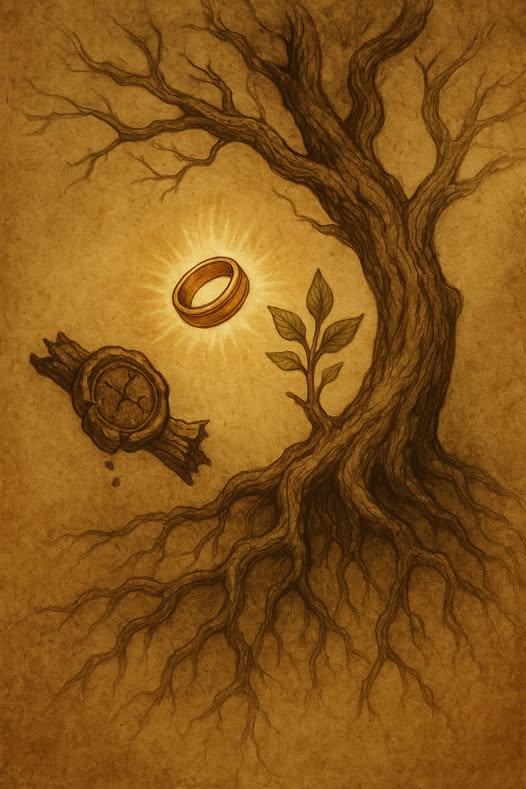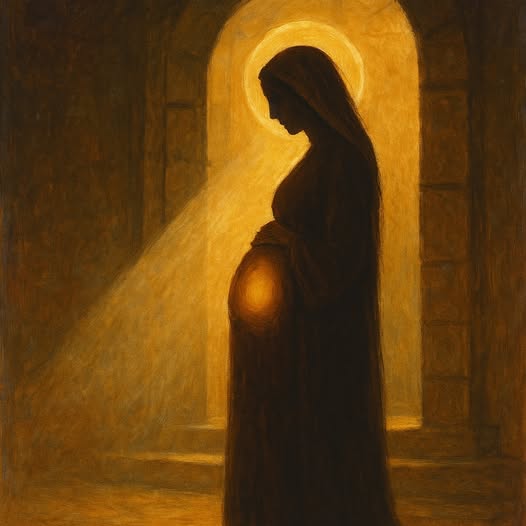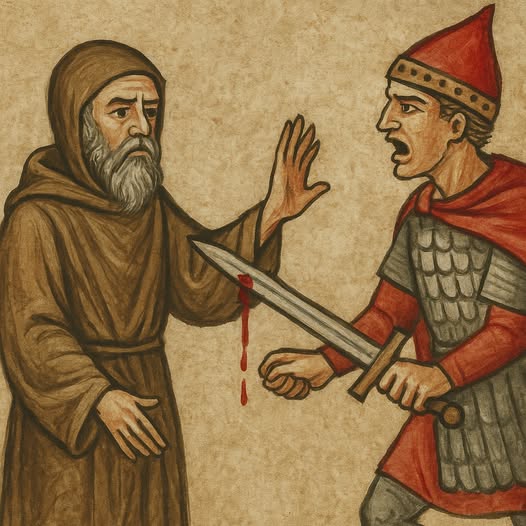
The Shroud of Turin is one of the most studied and controversial artifacts in human history. This ancient linen cloth bears the image of a crucified man and is believed by millions to be the burial shroud of Jesus Christ. For decades, skeptics leaned on a 1988 carbon dating test that seemed to place its origin in the Middle Ages. But recent advances in forensic science, textile analysis, and cutting-edge imaging have thoroughly undermined that test and built a powerful new case that the Shroud is exactly what it has long been claimed to be.
It’s a Photographic Negative—Centuries Before Photography
The mystery deepened dramatically in 1898, when Secondo Pia took the first official photographs of the Shroud. Upon developing the negative, he was stunned: the faint, ghostly image on the cloth transformed into a detailed and realistic portrait. The image was so clear, some thought he had faked it.
But he hadn’t. The Shroud’s image functions as a photographic negative—a concept that wouldn’t exist for centuries after it was created. This effect cannot be explained by any medieval artistic method. No paint, dye, or pigment has been found. The image appears to be the result of a superficial change to the outermost fibers of the cloth, so shallow it affects only one-fifth of a single fiber.
Why the 1988 Carbon Dating Was Flawed
In 1988, radiocarbon dating dated a piece of the Shroud to between AD 1260 and 1390. That seemed to settle the debate—until scientists realized the sample was taken from a section that had been repaired after a 16th-century fire. French nuns had used a technique known as invisible reweaving, incorporating dyed cotton into the linen.
Chemist Raymond Rogers later analyzed fibers from the same area and confirmed that the tested sample contained foreign material not found in the rest of the Shroud. In a 2005 peer-reviewed study published in Thermochimica Acta, Rogers concluded that the carbon dating result did not reflect the age of the original cloth.
X-Ray Scattering Confirms First-Century Origin
In 2022, Italian scientists used a novel technique—Wide-Angle X-ray Scattering (WAXS)—to analyze the Shroud’s cellulose fibers. Unlike carbon dating, WAXS assesses how the crystalline structure of linen ages over time. Their findings dated the fabric to around 2,000 years ago, consistent with a first-century origin.
This matches the historical time frame of Jesus’s crucifixion and burial, offering strong independent confirmation from a different branch of science.
Forensic Evidence: Real Blood, Real Death
Modern forensic testing has confirmed that the stains on the Shroud are human blood, type AB, and contain elevated bilirubin levels—a chemical produced when someone suffers severe trauma, such as scourging or crucifixion.
The wounds on the Shroud correspond exactly to those described in the Gospels:
- Over 100 scourge marks on the back and legs, consistent with Roman flagellation
- Puncture wounds around the head, consistent with a crown of thorns
- Nail wounds in the wrists, not the palms—matching historical Roman crucifixion
- A large wound in the right side of the torso
Blood Chemistry Confirms the Man Was Already Dead
The spear wound in the side has been a focus of particular interest. The blood around this wound shows a clear separation of blood and serum, visible as a lighter halo around the stain. This phenomenon occurs only when blood is no longer circulating, indicating that the man was already dead when pierced. This matches John 19:34, which records that blood and water flowed from Jesus’s side after His death.
This point is crucial: it demonstrates not only that the victim died from his injuries, but that he did not revive or escape, as some theories like the swoon hypothesis have claimed.
Historical and Artistic Continuity
The Shroud did not appear from nowhere in the Middle Ages. Byzantine records mention a cloth with the image of a man—often called the Image of Edessa—as early as the sixth century. Some believe this was the Shroud, folded to reveal only the face.
Further, icons and paintings of Christ from the sixth to twelfth centuries display remarkable consistency with the face on the Shroud—including unique features such as a long nose, high cheekbones, and asymmetrical eyebrows. This indicates artists were likely drawing inspiration from an image remarkably like the one preserved on the Shroud—long before its official public debut in France in the fourteenth century.
Conclusion: A Case No Longer Dismissible
The evidence for the Shroud of Turin’s authenticity has never been stronger:
- The 1988 carbon dating has been discredited due to a non-original sample
- New X-ray dating places the cloth in the first century
- The image functions as a photographic negative, unexplained by medieval science
- No paints or pigments were used to create the image
- The blood is real, from a traumatized, crucified corpse
- The spear wound confirms post-mortem trauma
- Historical evidence places the cloth in Christian veneration long before the Middle Ages
While science may never prove beyond doubt that the Shroud wrapped the body of Jesus Christ, it is now far more reasonable to accept the Shroud as a genuine first-century artifact—and possibly the greatest physical link to the Resurrection ever discovered.
Discussion Questions
- How does the discovery that the Shroud’s image is a photographic negative influence the debate over its authenticity, especially considering the absence of such technology in the ancient or medieval world?
- What implications arise from the forensic evidence indicating the spear wound occurred post-mortem, and how might this align with or challenge historical and theological claims about Jesus’s death?
- Given that the 1988 carbon dating has been undermined by evidence of contamination, should the scientific community consider retesting the Shroud using newer, uncontaminated samples and modern techniques? Why or why not?
Want to Know More?
- “Studies on the Radiocarbon Sample from the Shroud of Turin” by Raymond N. Rogers
Published in Thermochimica Acta, Volume 425, Issues 1–2, 20 January 2005, Pages 189-194.
In this peer-reviewed study, chemist Raymond N. Rogers examines the 1988 radiocarbon dating of the Shroud. He presents evidence suggesting that the sample used for dating was taken from a medieval repair patch, not the original linen, potentially invalidating the earlier dating results. - “A BPA Approach to the Shroud of Turin” by Matteo Borrini and Luigi Garlaschelli
Published in the Journal of Forensic Sciences, Volume 63, Issue 1, January 2018, Pages 375-378.
This forensic study employs Bloodstain Pattern Analysis (BPA) to assess the bloodstains on the Shroud. The authors conclude that the patterns are inconsistent with those expected from a crucified individual, raising questions about the cloth’s authenticity. - “Shroud of Turin Dates from Time of Christ, Scientists Reveal” by Simon Caldwell
Published in The Catholic Herald, August 22, 2024.
This article reports on Italian researchers using Wide-Angle X-ray Scattering (WAXS) to date the Shroud’s linen fibers. Their findings suggest that the fabric dates back approximately 2,000 years, aligning with the historical period of Jesus Christ.





